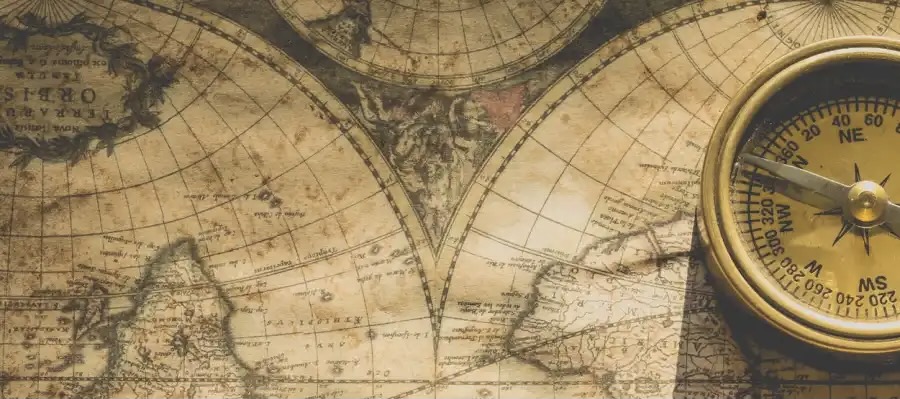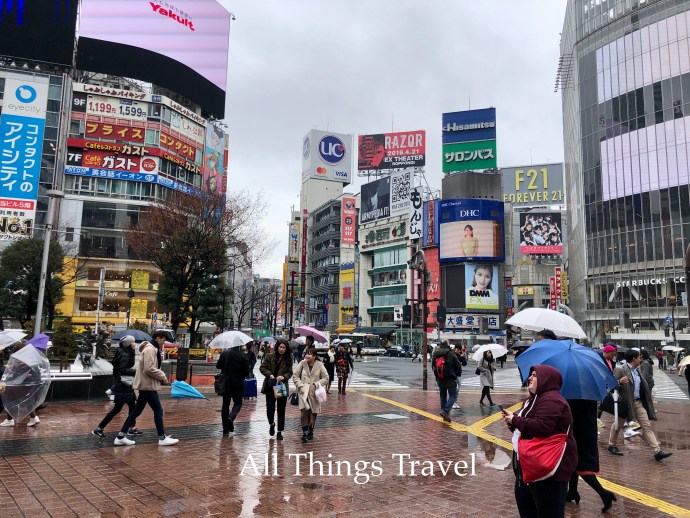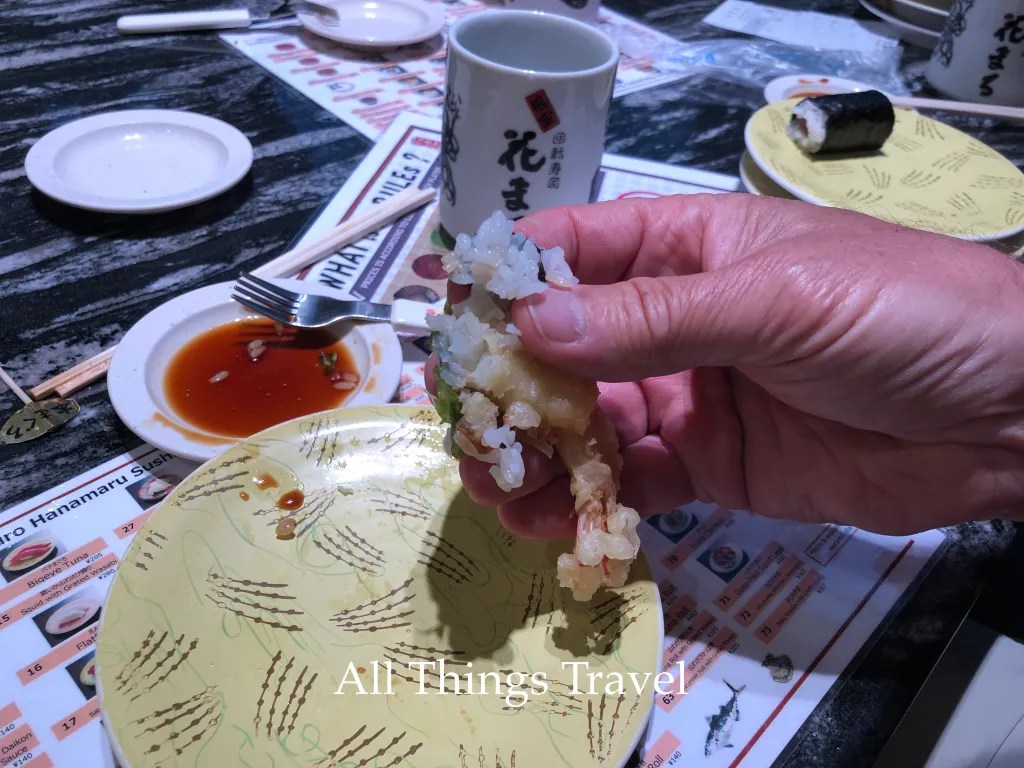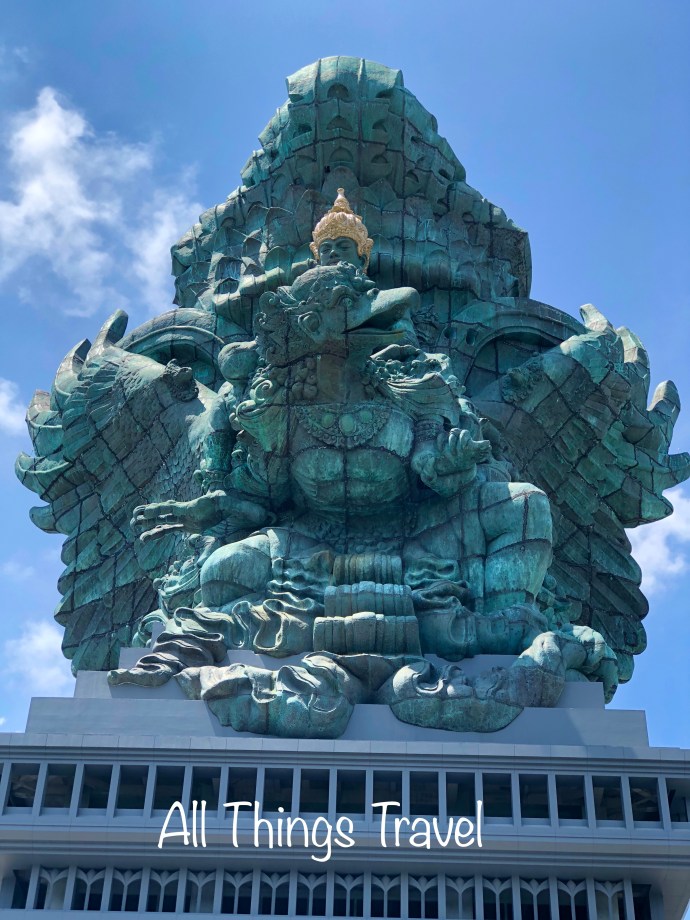Prior to our visit, I pictured Bali as a serene South Pacific paradise with stunning beaches, volcanic mountains, lush jungles, fragrant tropical flowers, historic rice terraces, and Hindu temples. Honestly, I pictured something like Hawaii on steroids at a fraction of the cost. Admittedly, my expectations were influenced by the movie Eat, Pray, Love in which Elizabeth Gilbert, played by Julia Roberts, rode her bicycle along peaceful roads bordered by verdant, palm-covered landscapes, swam in inviting turquoise waters, and generally enjoyed life in a tranquil Shangri-la. As it turned out, some of my preconceived notions were confirmed but by the end of our brief 2-day visit, we were better educated.
Bali is actually in the Indian Ocean rather than the South Pacific. It is one of 6000 inhabited islands in the nation of Indonesia, the largest archipelago in the world comprised of a total of 17,508 islands. In terms of population, Indonesia is ranked number 4 in the world with 267 million people dispersed throughout the islands and 4.2 million of them reside in the province of Bali. The island of Bali is the 11th largest in Indonesia measuring 230 miles (370 km) in circumference or 95 miles (153 km) from east to west by 69 miles (112 km) from north to south. It is roughly half the size of the Big Island of Hawaii. Of the 147 volcanoes sprinkled throughout Indonesia, 76 are active and 2 of those are located on Bali.
As our tender boat delivered us from the Norwegian Jewel to the cruise port in Benoa, Bali, we were immediately confronted with massive pollution in the bay.

I was disappointed to discover Bali was not the pristine paradise I imagined. Seeing the debris reminded me of the television commercial for 4ocean, an organization started by two young surfers who saw the extensive plastic washed up on the shores in Bali and decided to do something about it. Although the organization has recovered 8,693,079 lbs worldwide since 2017, there’s plenty more where that came from. Go to their website and help if you can.
Fortunately, our poor first impression was countered by the traditional Balinese dancers who welcomed us to Bali. Following their performance, we were excited to experience more of this exotic culture on our bus tour to the Bali Terraces and Ulun Danu Temple.
Indonesia is the largest Islamic country in the world. In Bali, however, 83% of the population is Balinese Hindu, which is a blend of Indian Hinduism, Buddhism, and pre-existing local beliefs including animism, the belief that everything has a soul or spirit. Throughout our tour, we observed how religion permeates all aspects of Balinese life and culture.
As we departed from the port and entered the city, we observed exotic architecture obscured by electrical wires; lots of signs, many of which had to do with the upcoming election; more debris; statues of Hindu gods; offerings to the deities; and congested traffic accompanied by roaring motors and blaring horns. Bali was, from beginning to end, an island full of contrasts.

Balinese architecture

Signs, traffic, and the ubiquitous KFC
The Titi Banda Statue on the outskirts of Denpasar was only one of the magnificent statues we admired. Rising 10m (33 ft) above the junction of several main roads, this massive monument depicts the mythical epic Ramayana in which Prince Rama rescues his wife, Sita, held captive by Ravana in Lanka. Rama, aided by his monkey troops built the Titi Banda (stone bridge) to Lanka to mount the rescue attack. The photo below taken by my friend, Lori, from the bus is only a portion of this enormous monument.

Titi Banda Statue along the road on the outskirts of Denpasar

More statues along the roadway

Debris along the roadside
From the windows of the bus, we saw Balinese offerings everywhere. Expressions of gratitude to the gods, these offerings vary in size from a grain of rice on a banana leaf to ornate towers of fruit, flowers, and sweets. The small daily offering called canang sari and banten are placed on small shrines or even on the ground. The shrine in the photo below held offerings to both the higher and lower spirits to ensure harmony and balance. 
Tall decorated poles, called penjor, also contained offerings. When I spotted an assortment of plain bamboo poles, I knew they must be the undecorated version waiting for ornamentation. The poles are decorated with coconut leaves, fruit, grain, and flowers for festivals or religious holidays and placed outside homes and businesses. Partway up the pole is a basket or platform where an offering is placed.

Bamboo poles

Penjor

Penjor and offering
We noticed black and white buffalo checked fabric called Saput Poleng on umbrellas, wrapped around trees, and draped on shrines. The Balinese philosophy of Rwa Bhineda or balance is similar to Yin and Yang. It holds that in order to maintain harmony all things must be in balance. So white balances black, good balances bad, right balances wrong. The black and white of Saput Poleng embodies the essence of Rwa Bhineda.

Saput Poleng
To break up the drive to the rice terraces and Ulun Danu Temple, we stopped for an unexpected tour of a traditional Balinese home compound where we learned about Balinese family life from our guide, Murya. Extended families live together and when sons marry, their wives move into the husband’s home. (My daughter-in-law can be grateful we’re not Balinese!) In such a warm climate, most living occurs outside so there are few walls but roofs keep out the frequent rain showers.

Our guide, Murya, telling us about the family compound (notice the penjor behind)

Balinese home

Murya and family shrine

Family members with drying rice in foreground

Ceremonial pavilion


I was looking forward to seeing the Bali rice terraces, a UNESCO World Heritage Site. Unfortunately, we didn’t stop for photos and I was disappointed that all my photos were through the windows of the bus. The entire sustainable system of irrigation called the Subak System has UNESCO designation so all the rice terraces in Bali are included. A cooperative water management system of irrigation dating from the 9th century, Subak is based on the philosophy of Tri Hita Karan, which is to create harmony between man and god, man and neighbor, and man and nature.

Rice Terraces

Rice Terraces

Rice Terraces
Nestled in the mountains surrounding Lake Bratan, Ulun Danu Temple is regarded as one of the most beautiful of the 20,000 temples in Bali. Erected in 1663 to honor Dewi Danu, the goddess of water, the temple consists of two small pagodas seeming to float on Lake Bratan. The mist rising over the pagodas added to the mystical quality of the experience.

Entrance to Ulun Danu Temple

Grounds at Ulun Danu

Grounds at Ulun Danu

Larger pagoda at Ulun Danu

Two pagodas at Ulun Danu

Lake Bratan
Following our visit to Ulun Danu, we stopped at Secret Garden Village for a typical sweet Balinese snack with tea.

Balinese treats

View from Secret Garden Village

Trompe l’oeil at Secret Garden Village
Most of us were quiet and sleepy during our return to the ship. I did take a brief video of the drive, however.
I admit I suffered from a bit of culture shock in Bali. Metaphorically, I expected a serene yoga retreat and got that plus a lively Zumba class. In the end, the philosophy of Rwa Bhineda summarizes my experience. Finding your balance between rain and sunshine, noisy streets and contemplative temples, clear aqua waters and plastic pollution, will result in a harmonious visit. And above all, express gratitude.
For so much more in Bali including Balinese dance and a personal day tour with Wayan, check back here.
Based on events from February 2019.
Like this:
Like Loading...
































































































































































































































